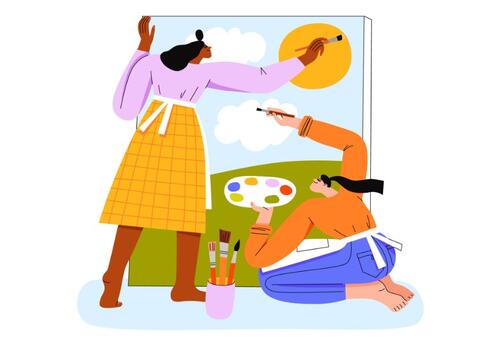
Art Therapy
Art therapy blends creativity with emotional support, helping people explore and express what words can’t always capture. Whether you're seeking a profound change or starting afresh, this guide walks you through the essential steps to become a qualified Art Therapist in the UK.
Learn what art therapy involves, explore accredited training paths, understand legal registration, and discover the best professional body for your career journey.
What is Art Therapy?
Art therapy is a unique form of psychotherapy that uses creative processes — painting, drawing, sculpture, collage, and other creative expressions — alongside talking. The aim isn’t to produce ‘good’ art. The creative process is a way to build a safe and supported way to explore experiences, emotions, and ideas. The artwork itself can act as a bridge between therapist and client, offering fresh insights and helping to communicate what might otherwise remain hidden.
Art therapists work with children, young people, adults, and older adults. Clients may be living with mental health conditions, adjusting to physical illness or disability, recovering from trauma, coping with loss, or simply seeking a deeper understanding of themselves. Work settings are varied too, from NHS mental health services, hospices, and schools to prisons, rehabilitation centres, and private practice.
Registration & Training
While most training courses look for a degree in a visual arts subject — such as fine art, illustration, or design — that’s not the only route in. People from teaching, social work, nursing, psychology, or other care-focused professions can also apply if they have a strong personal art practice and a portfolio of creative work.
Successful art therapists tend to combine; a commitment to their own creative practice; emotional resilience and self-awareness; empathy and an interest in supporting others; and the ability to work with people from a range of backgrounds and life experiences.
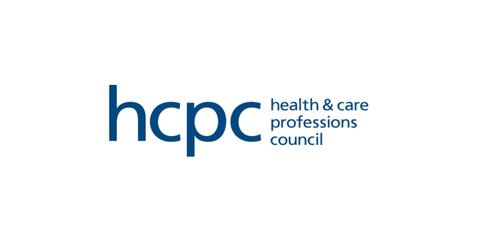
Health and Care Professions Council (HCPC)
For legal and registration requirements, HCPC is the official authority in the UK and holds a public register with the Professional Standards Authority (PSA). To practise, you must complete a Master’s-level postgraduate course approved by the HCPC. Only those on the HCPC register can legally use the protected titles Art Therapist or Art Psychotherapist.
Standards of proficiency for arts therapists >
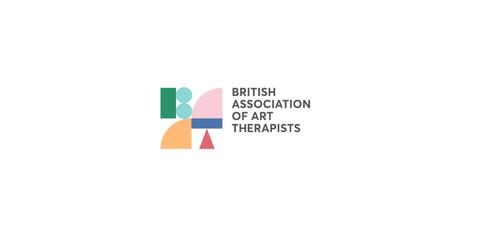
British Association of Art Therapists (BAAT)
BAAT is the UK’s main professional membership body for art therapy, providing access to the journal, CPD courses, accredited diplomas, conferences, ethical guidance, and peer support.
BAAT offers introductory and foundation courses that are ideal if you’d like to learn more about the profession, get a taste of art therapy in practice, and decide whether it’s the right path for you.
Find out more >
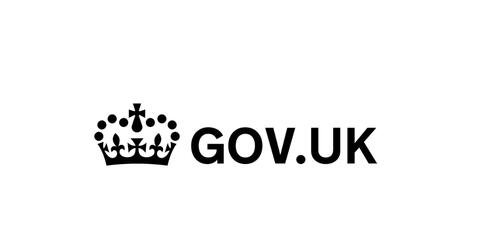
Level 7 Degree Apprenticeship
The Level 7 Art Therapist Apprenticeship is a relatively new and exciting pathway to qualifying as an art therapist. It’s equivalent to a master’s degree and typically takes around 24 months to complete, with up to £19,000 funding available.
This route is currently offered by a limited number of training providers across the UK, so apprenticeship places are quite competitive and limited compared to traditional MA/MSc courses.
Find out more >
More resources
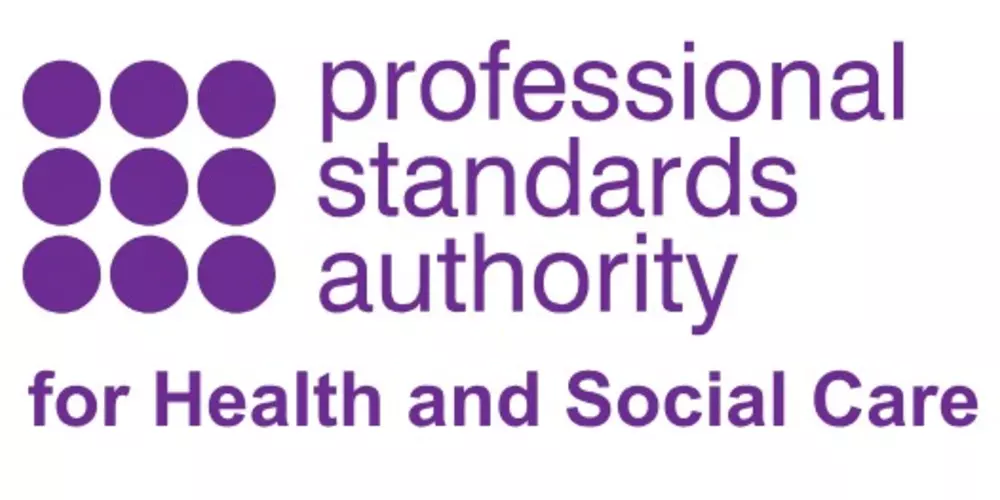
Regulated Professions
Find out more about the UK standards for PSA regulated professionals to help you navigate your career path.

Membership Bodies
There are many UK membership bodies that support and guide art therapists / art psychotherapists throughout their careers.
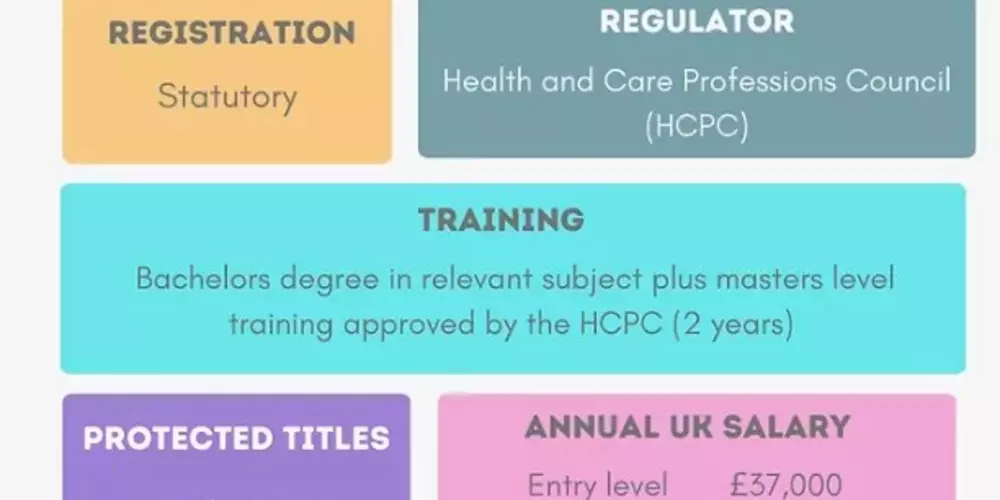
How-to guide
Find out what it takes to train, register, and become a qualified art therapist / art psychotherapist in our handy career guide.